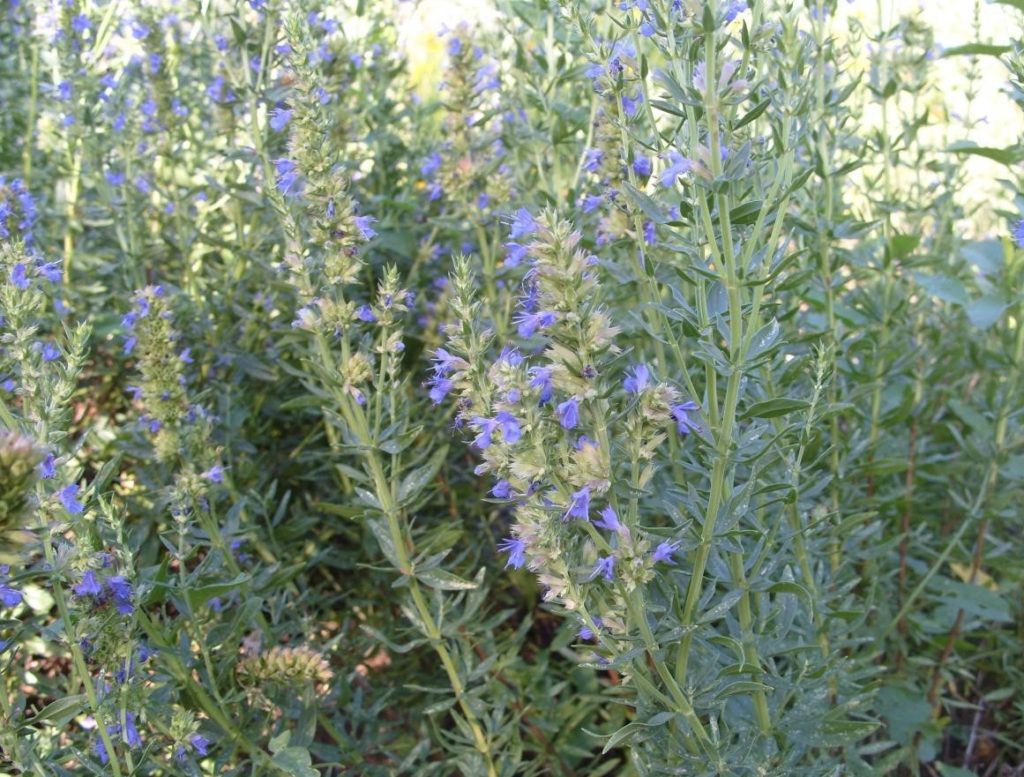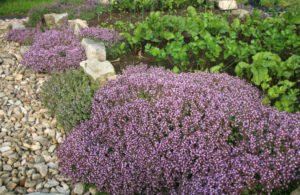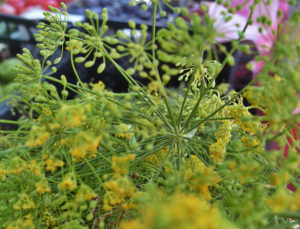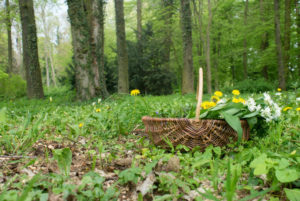Hyssop medicinal from the Mediterranean has long been considered a sacred herb. There was a legend that when Jesus Christ was taken down from the cross, he was washed with water from Hyssop.
So who is Hyssop? This is a fragrant shrub with woody at the base of numerous tetrahedral branched stems 20-50 cm/0.6-1.6 feet high (sometimes up to 80 cm/2.6 feet) . The leaves are opposite, almost sessile, lanceolate. The flowers are small, blue, sometimes pink or white, located in the axils of 3-7 leaves, forming intermittent spike-shaped apical inflorescences; they bloom in June-August, often from the second year of life. Fruits-combined nuts; ripen in August-September.
This small, bright flowering plant creates a cool blue, pink color scheme in the flower beds. It can be used in curbs, mixborders, and rockeries. Fragrant thick, blue-purple, pink islands of hyssop are visible from afar.
Fit pattern: 70 x 30-40 cm (2.3×1-1.3 feet). Hyssop soil is undemanding, but it grows best on fairly fertile, loose, alkaline, poorly salted and waterlogged. In one place, it is recommended to grow for about 5-6 years.

Hyssop officinalis is not only an ornamental, but also a spicy, medicinal, honey-bearing plant. The food is tart, spicy with a pleasant aroma of ginger-sage and floral tones, bitter-tasting leaves and shoots beginning to bloom. They are used to make condiments for soups, salads, minced meat, pates, sauces, vegetable dishes, and the plant is also used for flavoring drinks.
Hyssop grass is used as a medicinal raw material. Preparations of the plant have antiseptic and wound-healing properties; contribute to the separation of sputum when coughing; reduce gas formation and relieve spasms; have a weak diuretic, anthelmintic, laxative effect; are used as a tonic; improve digestion and appetite.







